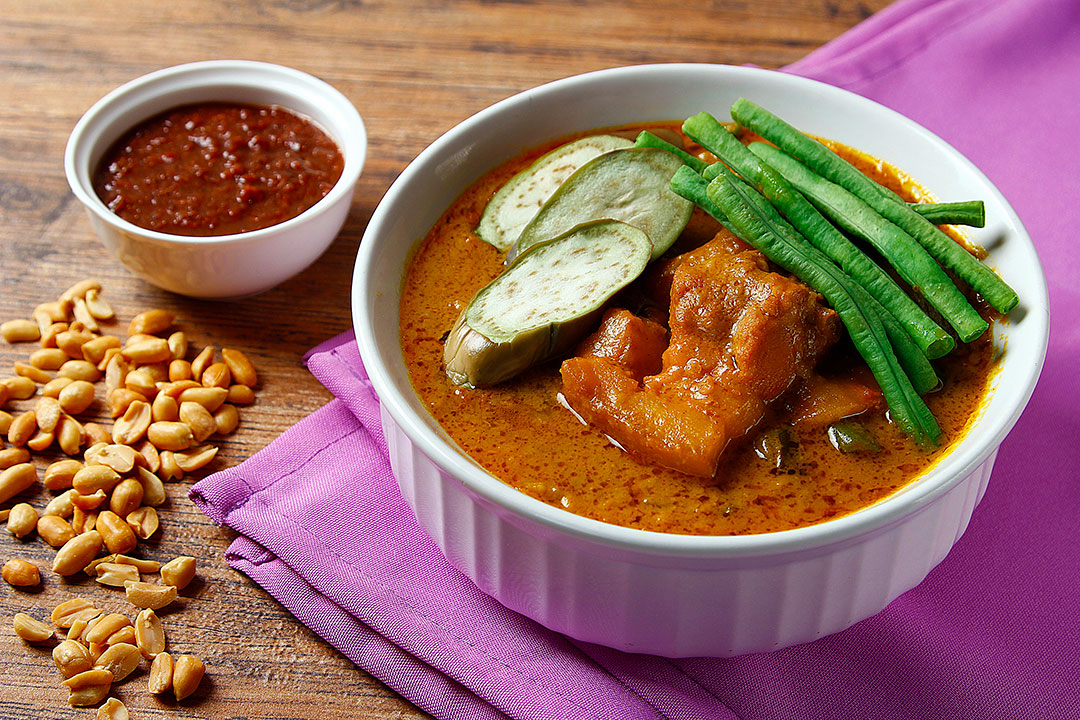
By Tony Samson

HAS Filipino cuisine gained global acceptance? Or does the local fare appeal only to the natives?
There is an effort by local chefs, including those working abroad, to put local cuisine on the world’s culinary map. Other Asian offerings are already international favorites, including Thai and Vietnamese niches. This is on top of the Chinese and Japanese dominance already entrenched — in the culinary sense, of course.
Without losing their native allure, favorites like oxtail in peanut sauce, chicken and pork cutlets in vinegar and soy sauce and native sausages can be repurposed to remove the imagined perils that untried ingredients (like entrails and intestinal linings) can elicit. Let’s set aside for now the truly off-putting offerings like dinuguan, roughly translated as “bloodied,” featuring the innards of a pig cooked in its own blood, or the partially formed duck fetus with feathers and beak, swimming in amniotic fluids — a culinary challenge offered to hardy-looking foreigners (Indeed, they turn pale).
Can there be a nouvelle cuisine version for our traditional dishes? What are some culinary tweaks to our traditional fare that can be introduced to appeal to a broader market? Presentation is the key to giving native cuisine a new look and a broader appeal.
A culinary rebranding should exile the 30-viand offering showcased in 30 stainless steel bedpans (yes, like hospital equipment) behind a steamy glass; please point at the dish you want. To be avoided as well is the buffet table presentation with little candles burning under the chafing dish to prevent sauces from coagulating before they make their way to your arteries.
The traditional way of serving oneself from a buffet table results in a plate heaped with predominantly earth-colored odds and ends covering a mound of rice for later hunting, with the likelihood of flicked food stains on the diner’s shirt and an unsightly plate even after the meal.
Why not emulate the degustation method of small servings intended for solo consumption. These can be artfully presented, with sauces (like tiny, salted shrimps) merely daubed on the side, featuring designs seen in Rorschach testing.
Familiar dishes in novel settings are often categorized as “fusion.” The deconstruction of grandma’s traditional family recipe allows the substitution of ingredients, say caviar or anchovies for shrimp paste. What about fish belly or corned beef (not the one from a can) for chunky pork in the popular sour soup.
In keeping with these new versions, meats should be tender with minimal fat, already cut into bite-sized pieces to do away with the necessity of using hands to tear the meat from the clingy bone, for lupine chumping. You can use a steak knife, sir.
It is perhaps the rise of culinary schools that has driven graduates to experiment with small restaurants to offer such acquired skills as “plating”— serving a meal aesthetically, even using different shaped dishes. Newly minted chefs introduce elements of edibility, freshness and New Age eating options, enshrined by those striving for wellness.
The combination of new chefs (with more coming out of the pipeline) and smaller restaurants (like the one in the mezzanine of a luxury car dealership) try to make local cuisine at par with other global favorites like Italian and Spanish. The prices also try to catch up.
Thrown out too with this new approach is the old paradigm applied to Filipino restaurants that equates appeal with quantity. A stuffed stomach is no longer the only gauge for good food. No, this is no longer the home-cooking alternative where the argument against eating out in a fancy place is that it’s cheaper to cook this viand at home (This needs more salt).
Only when the aesthetics of gastronomy are honored can we join the ranks of international cuisines. Our food must look nonthreatening even if the taste will be surprising (think binagoongan and ox tripe). While eating light is hardly a characteristic of our food culture, it is the only way our cooking can travel abroad to appeal to compatriots taking their local friends there to “try our cuisine.”
Of course, we can still go native and heap our plates full of sauces competing for attention in the plate and palate. This is an option we will always have. That’s what home cooking is all about; of course, you need a second serving.
Tony Samson is chairman and CEO of TOUCH xda